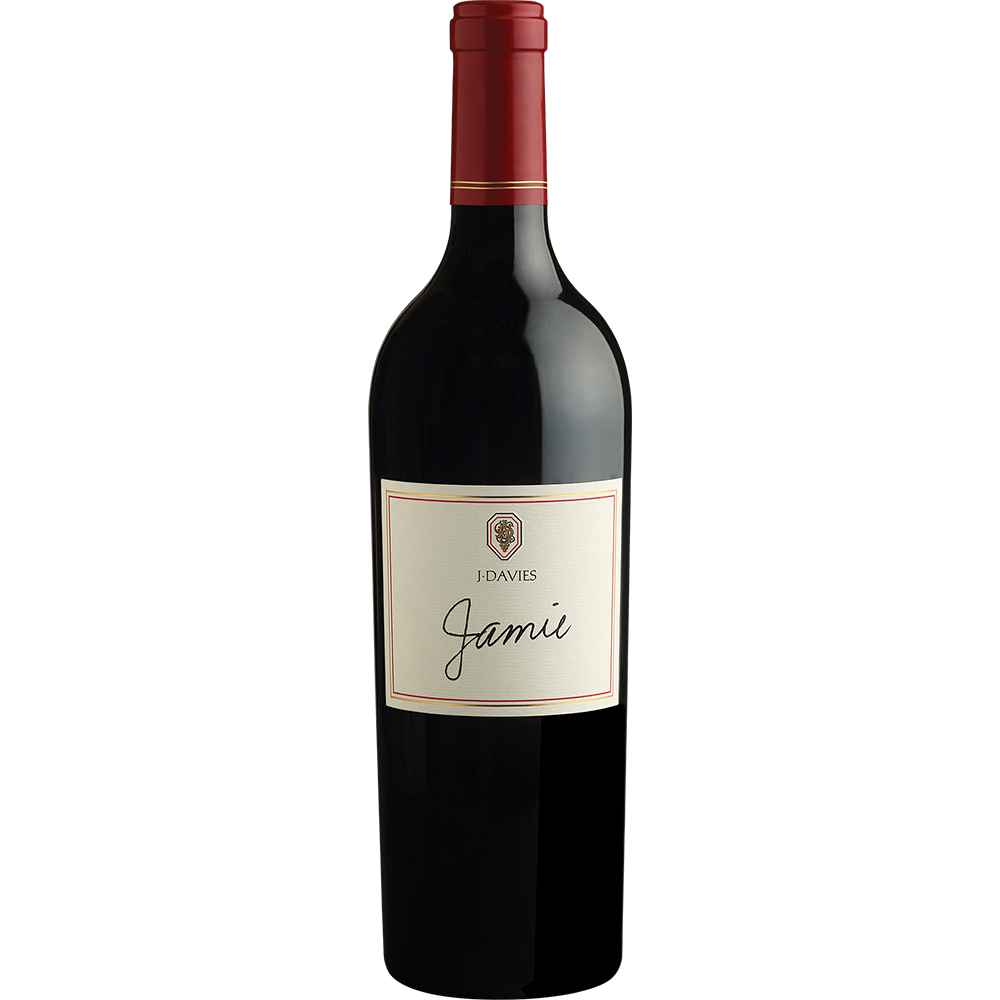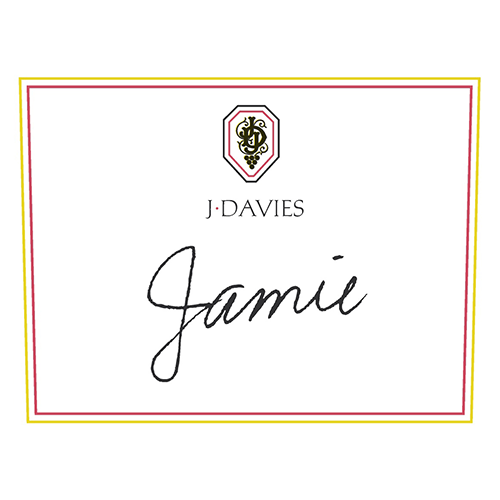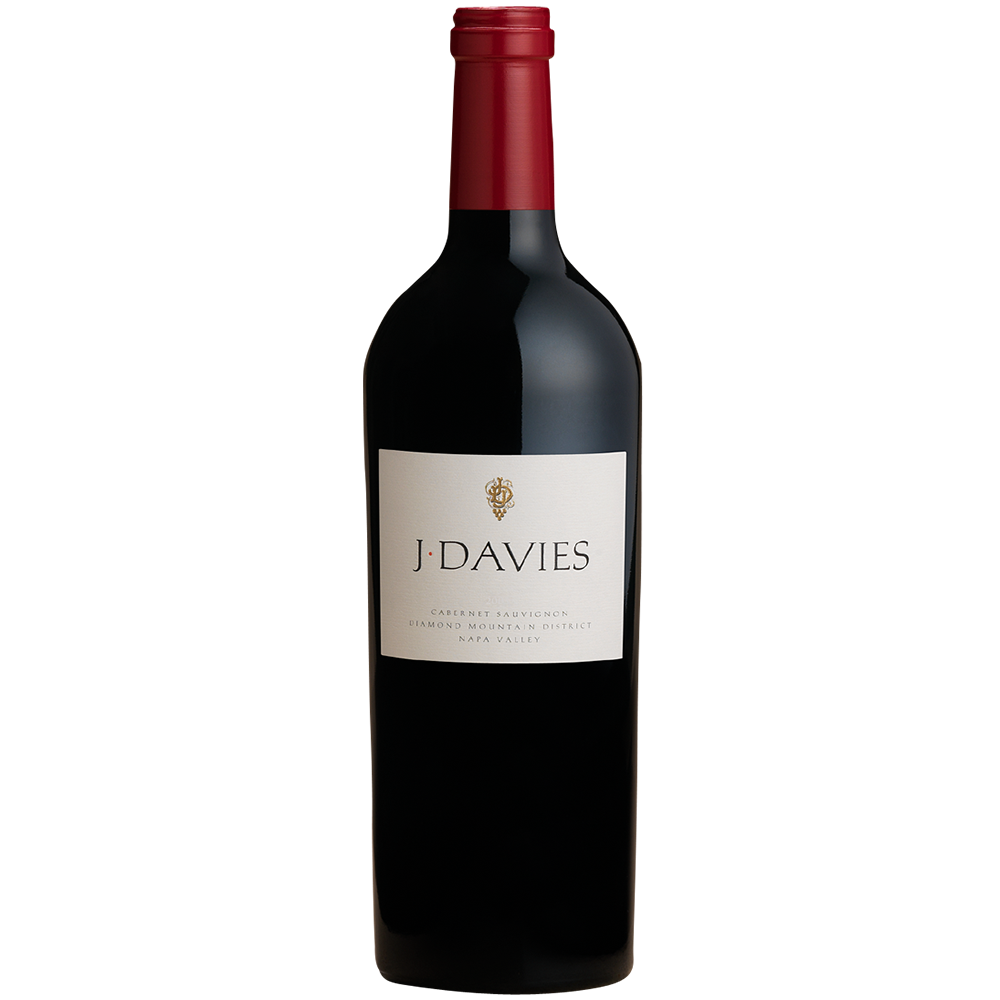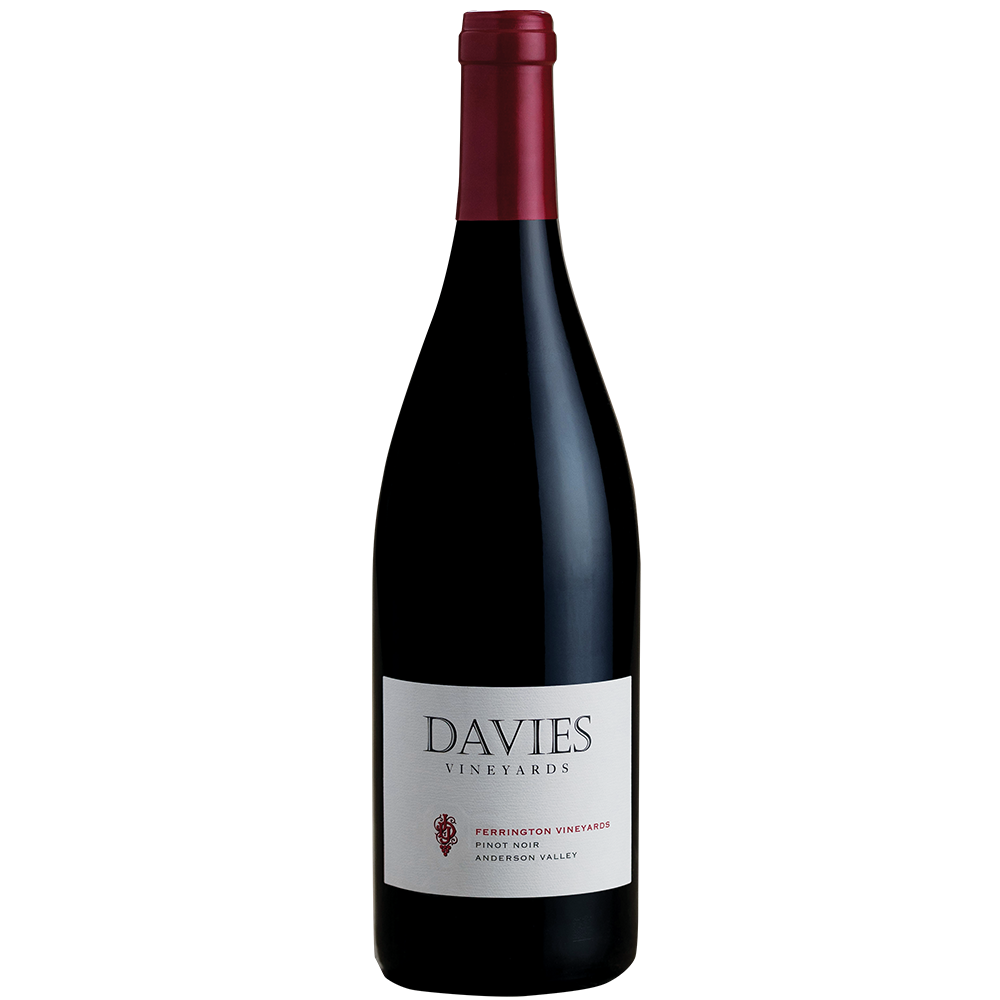
Davies Vineyards
J. Davies "Jamie" Cabernet Sauvignon, Estate, Diamond Mountain District Napa Valley
The Jamie Cabernet Sauvignon from Davies Vineyards is a premium expression of Napa Valley’s rich terroir. Sourced from the estate's most distinctive sites, this wine is crafted with meticulous attention to detail, showcasing the vineyard’s exceptional fruit and the expertise of the winemaking team, demonstrating the nuances of the land with each vintage.
Vintage Factsheets
The vineyard blocks, totaling 46 acres, are laid out in four isolated pockets ranging from 500 to 1000 feet in elevation. They include the two Schram sections, Napa Valley’s first hillside vineyards, originally established in 1862 by Jacob Schram, the McEachran parcel, first planted by Colin McEachran in 1878, and the Claes parcel, dating back to 1984. These are the southernmost vineyards in the Diamond Mountain District AVA. Flanked by two cool creek canyons (Nash Creek to the north and Ritchie Creek to the south) and surrounded by compact coniferous and deciduous forests, the vines here produce late-ripening, richly concentrated fruit with average yields of just two tons per acre.
- Region
- California: Napa Valley
- Appellation
- Napa Valley
- Sub-Appellation
- Diamond Mountain District
- Varietal Composition
- Cabernet Sauvignon
- Aging
- 28 months, with 75% in new French oak barrels.
- Alcohol
- 14.74%
Captivating aromas of boysenberry, vanilla and dark chocolate, with hints of black raspberry purée and coffee. The palate welcomes lush red and black fruits including blackberry and cherry, mingled with layers of star anise, baking spice, tobacco and wild thyme. The body is supported by finely grained tannins and a well-structured finish.
James Suckling
92 Points
2019
"Ripe, dark-fruited character with lot of chocolate, dark licorice, dried herbs and moist earth. Creamy and succulent with a full body, fine tannins and ripe berry fruit underneath. Lingering finish."
— James Suckling, 2023




